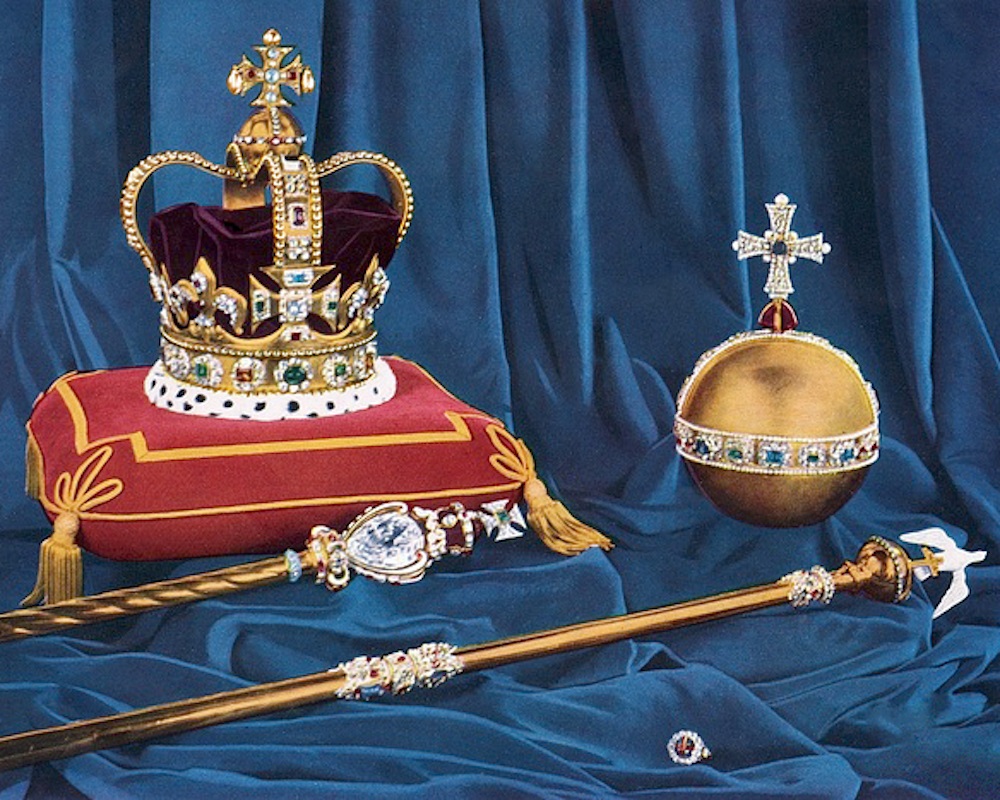Do you ever wonder who ruled over Britain in the past? How did they become king or queen of British Kingdom? What were their accomplishments, and what challenges did they face during their reign? As a result, in this article, we’ll explore some notable kings and queens of Britain. They have shaped history in many ways.
Table of Contents
- Introduction
- Early Royals of British Kingdom
- Anglo-Saxon Monarchy
- Norman Monarchy
- Plantagenet Monarchy
- House of Lancaster and House of York
- Tudor Monarchy
- Stuart Monarchy
- Hanoverian Monarchy
- Windsor Monarchy
- Conclusion
Introduction to British Kingdom
The Royals of British Kingdom is one of the oldest and most enduring institutions in the world. The first recorded king of Britain was believed to be Aelle of Sussex in 477 AD. Since then, over 66 monarchs have ruled over Britain, each with their own unique story.
Early Royals of British Kingdom
Consequently, little is known about the early British monarchy, as much of it is shrouded in myth and legend. The most famous of these King Arthur fought the Saxons in the 5th or 6th century. Despite the lack of historical evidence, King Arthur’s legend has endured through the centuries and continues to capture our imagination.
Anglo-Saxon Monarchy
Several powerful kingdoms, including Wessex, Mercia, and Northumbria, emerged during the Anglo-Saxon period. Alfred the Great, one of the most notable Anglo-Saxon kings, ruled from 871 to 899. He defeated the Viking invaders, and promoted education, as well as laid the foundation for a unified England.
Norman Monarchy
invaded England and defeated King Harold at the Battle of Hastings in 1066. This started the Norman monarchy, which lasted until 1154. Some of William’s descendants were Henry II and Richard the Lionheart. Both of them were good at war and building. For example, they built the Tower of London among other things.
Plantagenet Monarchy
The Plantagenet dynasty, which lasted from 1154 to 1485, saw the reign of some of England’s most colorful and controversial monarchs, including King John, Richard III, and Henry V. Consequently, the Hundred Years’ War between England and France was a defining feature of this period, with English victories at the battles of Crecy and Agincourt.
House of Lancaster and House of York
The Wars of the Roses, which took place from 1455 to 1485, saw the rival houses of Lancaster and York fight for the throne. As a result, the conflict ended with the victory of the Lancastrian Henry Tudor, who became King Henry VII. This marked the beginning of the Tudor dynasty.
Tudor Monarchy
The Tudor dynasty, which lasted from 1485 to 1603, saw the reign of some of England’s most famous monarchs, including Henry VIII, Elizabeth I, and Mary Queen of Scots. Henry VIII is perhaps best known for his six marriages and his break with the Roman Catholic Church, Consequently, this led to the establishment of the Church of England.
Stuart Monarchy
The Stuart dynasty, which lasted from 1603 to 1714, saw the reign of some of England’s most controversial monarchs, including James I, Charles I, and James II. The period was marked by religious conflict. For instance, the English Civil War and the Glorious Revolution of 1688.
Hanoverian Monarchy
The Hanoverian dynasty, which lasted from 1714 to 1901, saw the reign of some of England’s longest-reigning monarchs, including George III and Queen Victoria. This period also saw the growth of the British Empire and the Industrial Revolution, which transformed Britain into a major world power.
Windsor Monarchy
The Windsor monarchy began in 1917 when King George V changed the royal family’s name from Saxe-Coburg and Gotha to Windsor to distance the family from their German origins during World War I. The current monarch, Queen Elizabeth II, ascended to the throne in 1952 and has since become one of the world’s most beloved and respected monarchs, serving as a symbol of stability and continuity in a rapidly changing world.
Conclusion
The kings and queens of Britain have played a vital role in shaping the country’s history and culture. From the legendary King Arthur to the deceased monarch Queen Elizabeth II, each monarch has left their mark on Britain in their own unique way. By learning about the lives and accomplishments of these monarchs, we can gain a greater appreciation for the rich history and enduring legacy of the British monarchy.
To learn more about the history of the British monarchy, you can find many reputable sources online, such as the Royal Family’s official website and the British Monarchy’s official YouTube channel. Whether you’re a history buff or simply curious about the lives of these fascinating figures, there’s no better time to start exploring the rich and complex history of the kings and queens of Britain.
